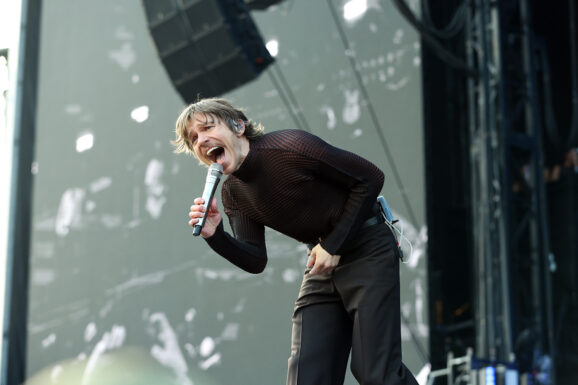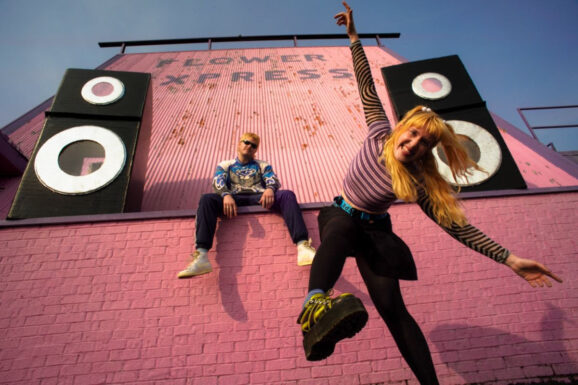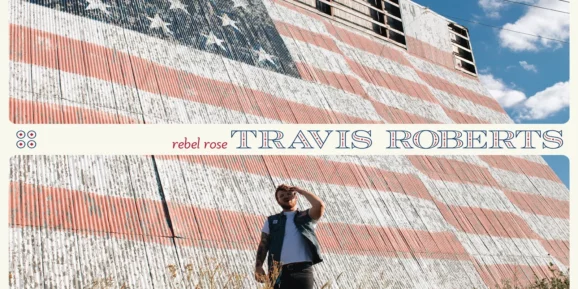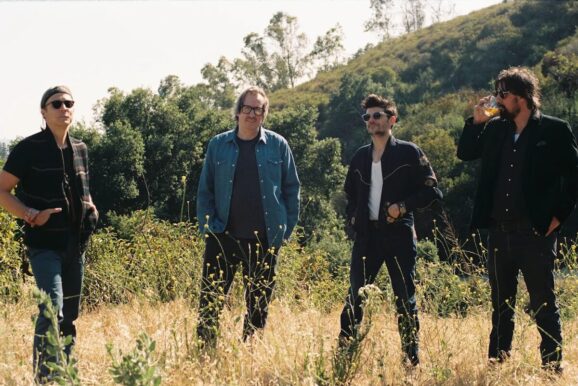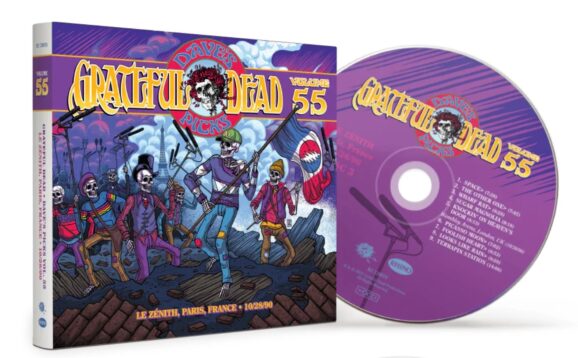Blue Note Records commemorates what would have been legendary trumpeter Donald Byrd’s 90th birthday on December 9, 2022, with the first-time release of the artist’s live set at Montreux in 1973. Cookin’ with Blue Note at Montreux is the proverbial album that got left behind. Apparently, it was meant to be included in the “Live Cookin’” series from that year that featured performances from Bobby Hutcherson, Ronnie Foster, Bobbi Humphrey, and Marlena Shaw.
This Montreux date was during Byrd’s peak period, directly after Byrd’s huge crossover jazz/ R&B/funk but highly controversial landmark album Black Byrd. Perhaps it’s the controversial nature of the album, decried by jazz purists that held back the initial release. Yes, at the time this was akin to Dylan going electric at Newport. Byrd had built a solid reputation as a hard-bop trumpeter so his headlong dive into breezy, danceable R&B was viewed as a sellout. Nonetheless, this became Byrd’s signature style, and the album became the biggest seller in the label’s history.
In comparison to the studio album, this one has a slightly harder edge. Byrd is leading a ten-piece unit under the musical direction of Larry Mizell, who produced the studio album. Up until this time, many had considered Byrd a Miles Davis clone of sorts, so this move into contemporary funk which was lighter and brighter than Davis’s own dark and jungle-like funk marked a clear distinction between the two. Keep in mind that during this period, polarities were often the talk of day – “Are you a Stones fan or a Beatles fan?” – “Are you a fan of electric Neil or acoustic Neil?” The same applied to jazz fusion and this writer recalls being fully in the Davis camp and resisting this poppy brand that Byrd was offering.
It’s jazz meeting the kind of music that was prevalent at the time from Stevie Wonder, Isaac Hayes, and Curtis Mayfield, especially the latter two given the length of these pieces, stretched out even further in this live setting than on the studio version. Five tracks, four of them previously unrecorded originals and a lengthy set of band introductions make up these 45 minutes – “Black Byrd,” “You’ve Got It Bad, Girl,” “The East,” “Kwame,” and “Poco-Mania.” Only “Black Byrd” was previously recorded. Musicians are Donald Byrd (trumpet, flugelhorn, vocals), Fonce Mizell (trumpet, vocals), Allan Barnes, (tenor saxophone, flute), Nathan Davis (tenor and soprano saxophone), Kevin Toney (electric piano), Larry Mizell (synthesizers), Barney Perry (electric guitar), Henry Franklin (electric bass), Keith Killgo (drums, vocals), and Ray Armando (congas, percussion).
The prevailing mode here with the opening “Black Byrd” is a heavy, repetitive funk riff driven by the four electric instruments, over which Barnes’ flute delivers the catchy melody. It’s not until about the five-and half-minute mark that the other horns enter the fray, trading short bursts, propelled by kinetic rhythms from Killgo and Armando. The set highlight may well be the cover of Wonder’s “You’ve Got It Bad, Girl” featuring Byrd in an opening balladic sequence on flugelhorn leading to an enthusiastic, trill filled turn from Davis on soprano followed by a spacey Rhodes and synth passage. Byrd rejoins to restate the melody, building his solo with intensity to the mostly mellow electronic accompaniment. Byrd’s original “The East,” another immersive funk piece, rife with Rhodes and synths, chugging bass, electric guitar solo, and Miles-like bursts from the leader follows. This is the essence of the previously referenced “harder edge,” a burning, greasier kind of funk rather than the breezy kind.
Byrd’s “Kwame” begins as a feature for Mizell’s synths, creating a hauntingly ethereal atmosphere that morphs into a brighter melody as the ensemble horn parts and other electronic instruments enter – all pieces delivering a dense wall of sound. The two tenors step forward first as the keys comp and the rhythm section engages in a light funk groove. Byrd takes flight in an aggressive turn leading a classic jazz-funk fusion attack. We do get just a hint of R&B here toward the end with wordless vocals echoing the theme. The final piece, “Poco-Mania” opens with a trumpet fanfare but quickly settles into an up-tempo, Latin rhythm-infused mix of high-octane funk and blaring horns. Byrd rides above the density with all at full throttle. The 45 minutes go by in a blink.





